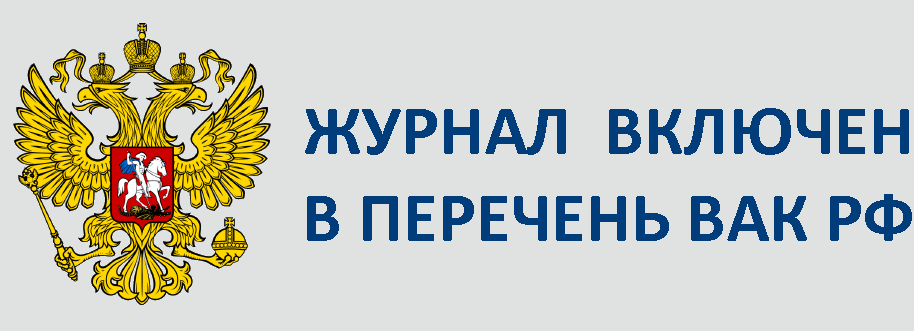№4-2019-08
Kulakov V. I.
DECOR OF HANDS OF SWORDS OF THE VIKING ERA FROM SOUTH-EAST BALTIC
The archaeological material obtained by archaeologists in recent years in the areas of the Baltic tribes is so multifaceted that it became possible to study the ornament that adorned the hilt of some swords of the Viking Age found in the southeastern Baltic. Previously, this aspect in the study of blade early medieval weapons did not attract the attention of archaeologists. After analyzing the decor of the handles of 16 blades, and with varying degrees associated with the Baltic, we can state the following: With a certain degree of certainty, Prussian affiliation can only be recognized for a blade of the Kazakevičius Desiukiškių type found in the waters of the Vistula / Kaliningrad Gulf. The remaining swords used in the article either originate from the Scandinavian burials of the Große Kaup burial ground, or were found in burials located at the Prussian burial ground Yrzekapinis / Klintsovka-1, which had a number of signs of the Scandinavian burial rituals of the Viking era. There is a paradoxical situation: the swords with decorated handles found in the Prussian tribal area are not directly related to Prussian culture. The semantics of their decors is either status social or protective in nature and does not go beyond the norms established in the Northern European decorative art of the 9th-11th centuries. It can be assumed that the composition, actually Baltic in origin, on the top of the sword from the Vistula / Kaliningrad Bay was created under the influence of Scandinavian traditions, albeit indirectly. Moreover, a significant part of the items of military and horse equipment was copied by the Prussian masters of the Viking era from the Scandinavian samples.
Keywords: Baltic, Carolingian swords, semantics of sword hilt décor
Institute of archaeology RAS (Russia)






